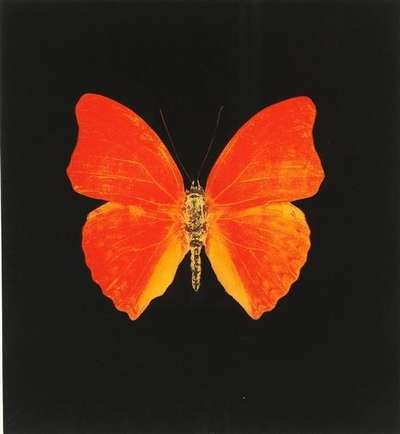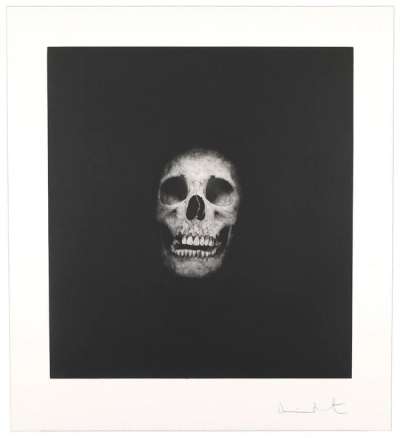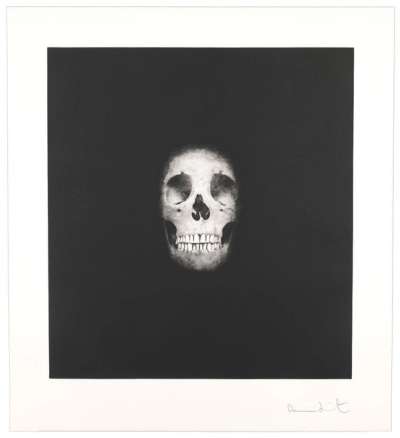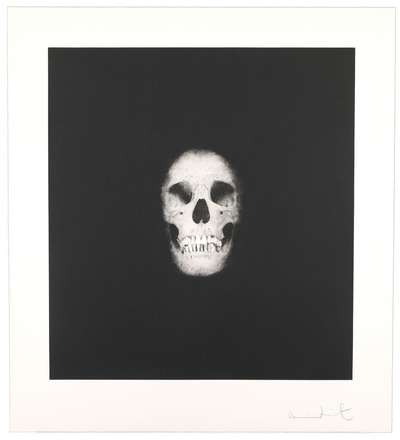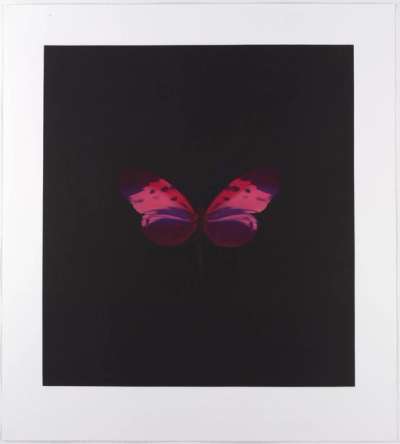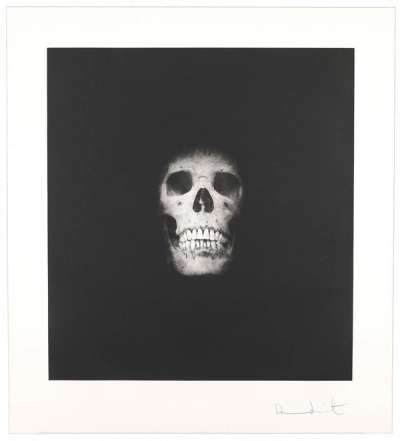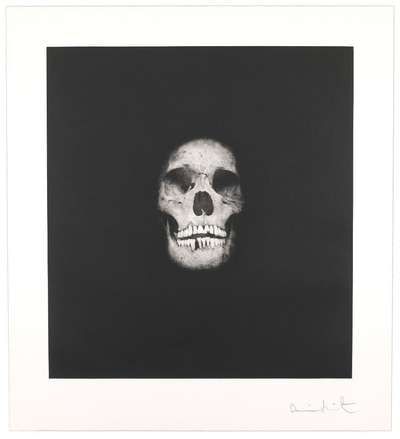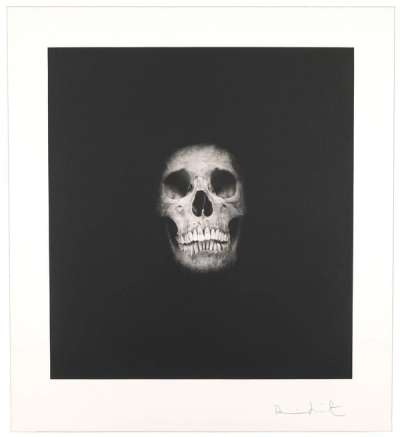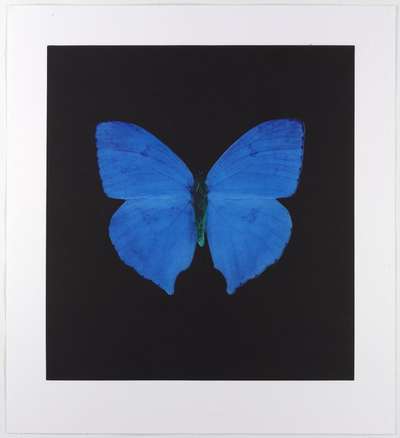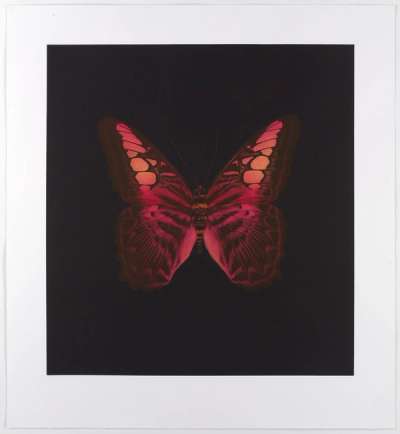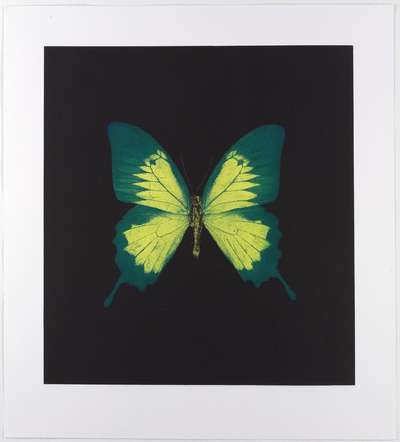
Memento 13

Memento 13
Signed Print
Damien Hirst
£2,300-£3,400Value Indicator
$4,550-$6,500 Value Indicator
$4,100-$6,000 Value Indicator
¥21,000-¥30,000 Value Indicator
€2,750-€4,100 Value Indicator
$23,000-$35,000 Value Indicator
¥440,000-¥650,000 Value Indicator
$2,900-$4,300 Value Indicator
AAGR (5 years) This estimate blends recent public auction records with our own private sale data and network demand.
There aren't enough data points on this work for a comprehensive result. Please speak to a specialist by making an enquiry.
Medium: Intaglio
Edition size: 30
Year: 2008
Size: H 120cm x W 108cm
Signed: Yes
Format: Signed Print
Track this artwork in realtime
Watch artwork, manage valuations, track your portfolio and return against your collection
Meaning & Analysis
The final print in Damien Hirst’s Memento series from 2008, entitled Memento 13 shows an image of one of Hirst’s most iconic works, For The Love Of God from 2007. The sculpture that preceded the Memento series is a diamond-studded skull with a large central stone in the centre of the head.
Explaining why he chose to decorate a human skull with diamonds, Hirst has said: ‘I just thought, What can you pit against death?’ Indeed, the result is both beautiful and astounding in its excessiveness, transforming an image of death into a highly aestheticized object. Alongside this final image of the diamond skull, the Memento series comprises six prints of butterflies and six hyperrealist images of human skulls.
Fascinated with the concept of death, the Memento series acts as a reminder that human existence on earth is transient. The iconography of the skull is indicative of the classic subject of ‘memento mori’, with inspiration drawn from Aztec skulls and the Mexican tradition of decoration and outlook on death. Hirst explains: “You don’t like it, so you disguise it or you decorate it to make it look like something bearable – to such an extent that it becomes something else.”
Damien Hirst, born in Bristol in 1965, is often hailed the enfant terrible of the contemporary art world. His provocative works challenge conventions and his conceptual brilliance spans installations, paintings, and sculptures, often exploring themes of mortality and the human experience. As a leading figure of the Young British Artists (YBA) movement in the late '80s, Hirst's work has dominated the British art scene for decades and has become renowned for being laced with controversy, thus shaping the dialogue of modern art.
